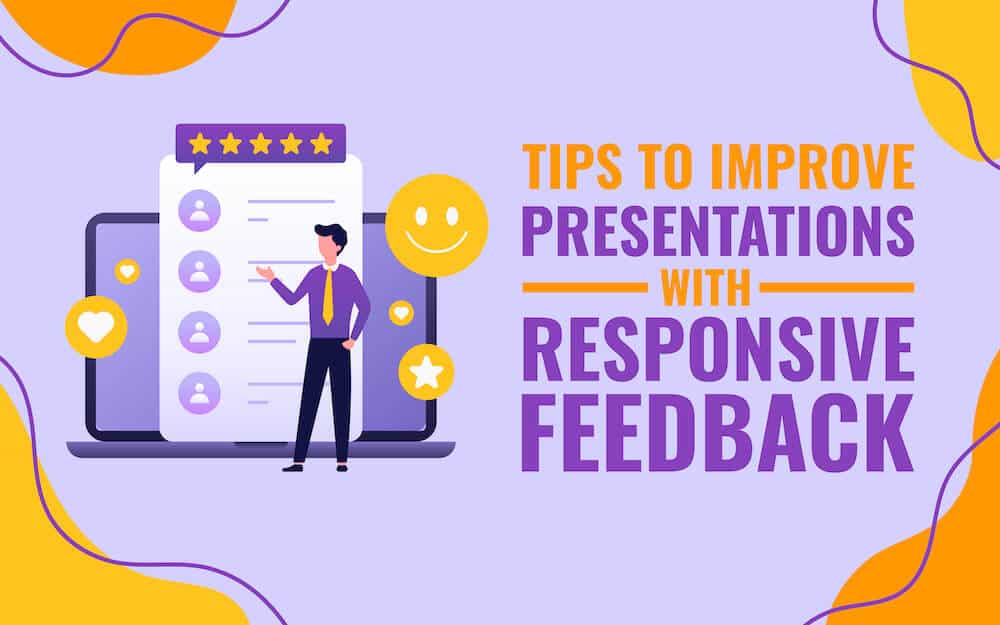
If you are a business owner or professional, you’ve probably been asked on one or more occasions to give a presentation. Often these speeches are for internal purposes and presented to others within your organization.
But sometimes you may be asked to speak to others outside of your group. Sometimes you may even find yourself speaking in front of an international audience of people who speak different languages and have different cultural backgrounds and perspectives.
This scenario requires special skills and finesse, and in this article, we’ll cover some tips you can use for presenting to an international audience. Let’s get started:
Make Sure Your Thoughts are Organized
Of course, you always want to make sure your thoughts have been organized in a clear and concise way. But this is particularly important when speaking to an international audience. Your information should flow and be presented in an order that makes good sense to everyone.
Research Your Audience
If you can, try and find out the nationality of who will be in your audience. Will it be a complete mix of nationalities from around the globe? Will it be mostly Western Europeans or completely Chinese?This matters, because every culture has their own ideas about things. One culture may not be offended by, say, intense eye contact, whereas another culture may be. How you dress may also be a factor depending on who is seated in those seats. Ask the event organizer if they can give you some demographic information to help you plan.
Ask About Translation
It’s important that you know whether your speech will be translated as you go. If so, you will need to remember to speak slowly and pause often to allow the translator time to catch up. This also means you have less time than normal to speak, so you will have to make some smart edits to your presentation.
Send Your Slides Ahead of Time
The translator will also appreciate if you send your slides ahead of time so they can fully digest and understand what information you will be presenting. This is particularly true if you will be discussing a topic that is technical in nature.
Make Your Slides Descriptive
And speaking of slides, it’s important they have just enough language on them. In fact, you may have to add a bit more to them for your international audience. The reason for this is, many non-native speakers read other languages better or faster than they can hear those foreign languages. Your slides should contain enough text that these readers can get the gist of what you are conveying.
Avoid Idioms Like the Plague
“Never beat around the bush.” “These cupcakes are a dime a dozen.” “Getting in that fender/bender was a blessing in disguise.”
Most of us use common idioms or sayings in our lives, particularly in our presentations, but you’ve got to remember that not everyone will understand what “beating around the bush” means.
You also want to avoid jokes that may not translate well. This means staying very far away from any joke that is political or religious in nature. Know that any sort of confusion can turn into a personal offense, and offending your audience is not your goal.
Pay Attention
You can prepare as best you can, but when it comes time to get up on stage and give your presentation, you will have to pay attention to how your international audience is responding to you in the moment.If you feel you need to slow down, do so. Feel free to ask questions to see if everyone is receiving the information as you intended to give it. Remember, at the end of the day your goal is not to give a presentation, your goal is to convey an important message. Be sure your entire audience is receiving that message.
Recap
It’s always a good idea to recap, especially when speaking in front of an international audience. You don’t have to take a lot of time, but use bullet points to go over your most important points: those key takeaways you hope your audience remembers.
Speak Their Language
If you find that you will be presenting in front of a group that speaks one common language, it’s always a good idea to learn how to say “hello” and “thank you” in that language. Common courtesy can go along way in creating trust and likability.
Presenting to groups can be a great way to grow your business and be thought of as a leader in your industry. While it is always important to be prepared, it is increasingly so when speaking in front of an international audience.
If you follow these tips you should be able to comfortably share your knowledge and expertise with any group of people.



